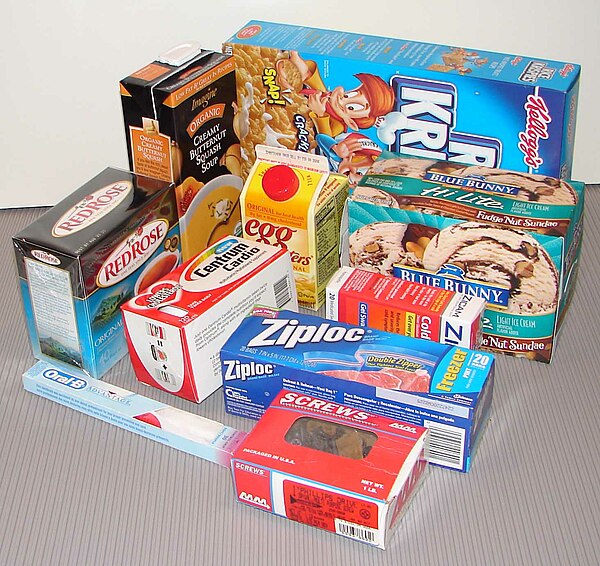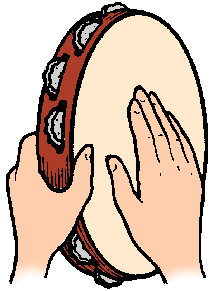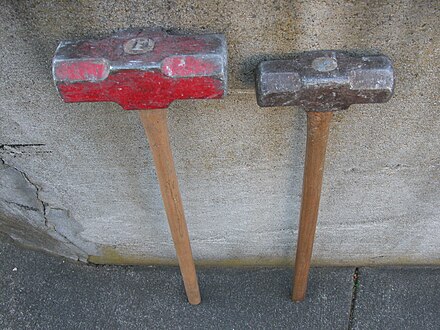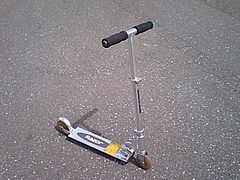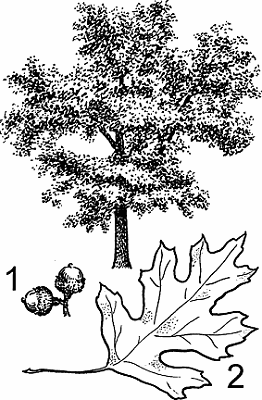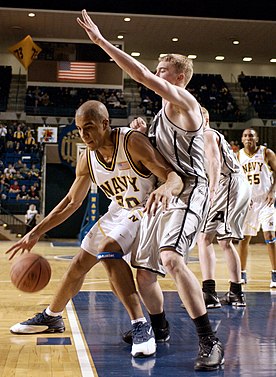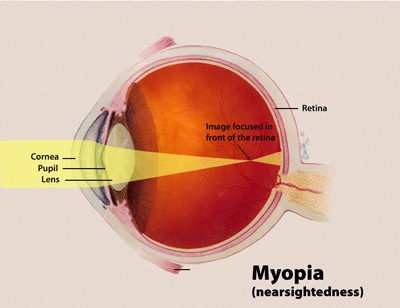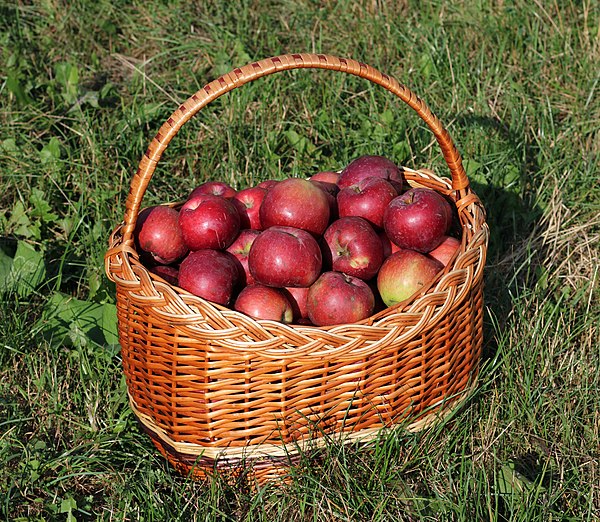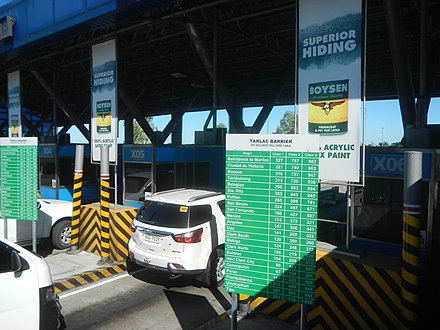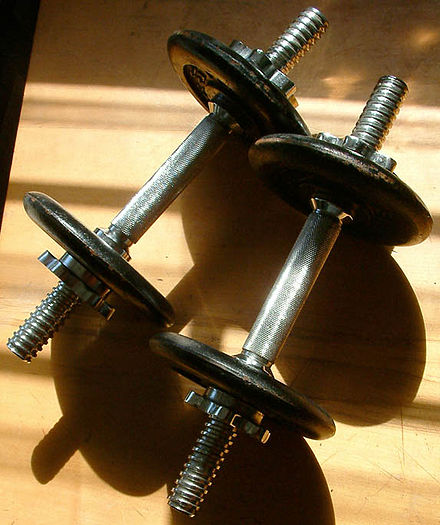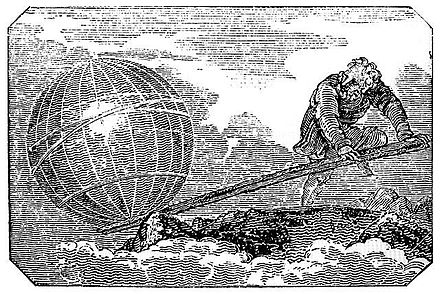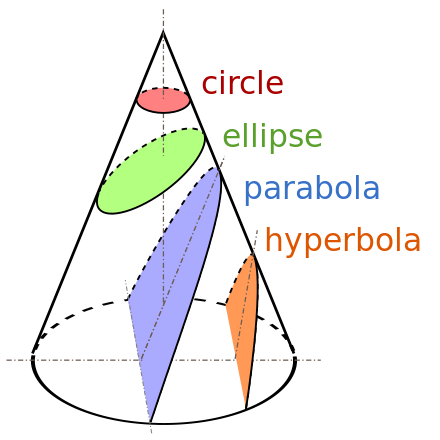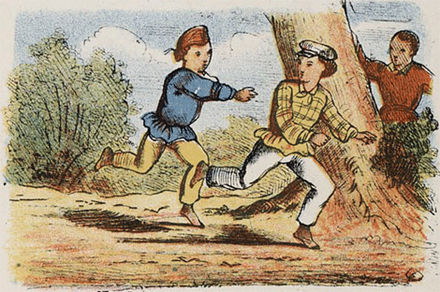In the late 19th century, scientists were trying to solve a mystery. They found that if they had a vacuum tube like this one and applied a high voltage across it, something strange happened. They called them cathode rays. But the question was: What were they made of?
In England, the 19th-century physicist J.J. Thompson conducted experiments using magnets and electricity, like this. And he came to an incredible revelation. These rays were made of negatively charged particles around 2,000 times lighter than the hydrogen atom, the smallest thing they knew. So Thompson had discovered the first subatomic particle, which we now call electrons.
Now, at the time, this seemed to be a completely impractical discovery. I mean, Thompson didn’t think there were any applications of electrons. Around his lab in Cambridge, he used to like to propose a toast: “To the electron. May it never be of use to anybody.”
He was strongly in favor of doing research out of sheer curiosity, to arrive at a deeper understanding of the world. And what he found did cause a revolution in science. But it also caused a second, unexpected revolution in technology. Today, I’d like to make a case for curiosity-driven research, because without it, none of the technologies I’ll talk about today would have been possible.
Now, what Thompson found here has actually changed our view of reality. I mean, I think I’m standing on a stage, and you think you’re sitting in a seat. But that’s just the electrons in your body pushing back against the electrons in the seat, opposing the force of gravity. You’re not even really touching the seat. You’re hovering ever so slightly above it. But in many ways, our modern society was actually built on this discovery. I mean, these tubes were the start of electronics. And then for many years, most of us actually had one of these, if you remember, in your living room, in cathode-ray tube televisions. But – I mean, how impoverished would our lives be if the only invention that had come from here was the television?
Thankfully, this tube was just a start, because something else happens when the electrons here hit the piece of metal inside the tube. Let me show you. Pop this one back on. So as the electrons screech to a halt inside the metal, their energy gets thrown out again in a form of high-energy light, which we call X-rays.
And within 15 years of discovering the electron, these X-rays were being used to make images inside the human body, helping soldiers’ lives being saved by surgeons, who could then find pieces of bullets and shrapnel inside their bodies. But there’s no way we could have come up with that technology by asking scientists to build better surgical probes. Only research done out of sheer curiosity, with no application in mind, could have given us the discovery of the electron and X-rays.
Now, this tube also threw open the gates for our understanding of the universe and the field of particle physics, because it’s also the first, very simple particle accelerator. Now, I’m an accelerator physicist, so I design particle accelerators, and I try and understand how beams behave. And my field’s a bit unusual, because it crosses between curiosity-driven research and technology with real-world applications. But it’s the combination of those two things that gets me really excited about what I do. Now, over the last 100 years, there have been far too many examples for me to list them all. But I want to share with you just a few.
In 1928, a physicist named Paul Dirac found something strange in his equations. And he predicted, based purely on mathematical insight, that there ought to be a second kind of matter, the opposite to normal matter, that literally annihilates when it comes in contact: antimatter. I mean, the idea sounded ridiculous. But within four years, they’d found it. And nowadays, we use it every day in hospitals, in positron emission tomography, or PET scans, used for detecting disease.
Or, take these X-rays. If you can get these electrons up to a higher energy, so about 1,000 times higher than this tube, the X-rays that those produce can actually deliver enough ionizing radiation to kill human cells. And if you can shape and direct those X-rays where you want them to go, that allows us to do an incredible thing: to treat cancer without drugs or surgery, which we call radiotherapy. In countries like Australia and the UK, around half of all cancer patients are treated using radiotherapy. And so, electron accelerators are actually standard equipment in most hospitals.
Or, a little closer to home: if you have a smartphone or a computer – and this is TEDx, so you’ve got both with you right now, right? Well, inside those devices are chips that are made by implanting single ions into silicon, in a process called ion implantation. And that uses a particle accelerator.
Without curiosity-driven research, though, none of these things would exist at all. So, over the years, we really learned to explore inside the atom. And to do that, we had to learn to develop particle accelerators. The first ones we developed let us split the atom. And then we got to higher and higher energies; we created circular accelerators that let us delve into the nucleus and then create new elements, even. And at that point, we were no longer just exploring inside the atom. We’d actually learned how to control these particles. We’d learned how to interact with our world on a scale that’s too small for humans to see or touch or even sense that it’s there.
And then we built larger and larger accelerators, because we were curious about the nature of the universe. As we went deeper and deeper, new particles started popping up. Eventually, we got to huge ring-like machines that take two beams of particles in opposite directions, squeeze them down to less than the width of a hair and smash them together. And then, using Einstein’s \(E = mc^2\), you can take all of that energy and convert it into new matter, new particles which we rip from the very fabric of the universe.
Nowadays, there are about 35,000 accelerators in the world, not including televisions. And inside each one of these incredible machines, there are hundreds of billions of tiny particles, dancing and swirling in systems that are more complex than the formation of galaxies. You guys, I can’t even begin to explain how incredible it is that we can do this.
So I want to encourage you to invest your time and energy in people that do curiosity-driven research. It was Jonathan Swift who once said, “Vision is the art of seeing the invisible.” And over a century ago, J.J. Thompson did just that, when he pulled back the veil on the subatomic world.
And now we need to invest in curiosity-driven research, because we have so many challenges that we face. And we need patience; we need to give scientists the time, the space and the means to continue their quest, because history tells us that if we can remain curious and open-minded about the outcomes of research, the more world-changing our discoveries will be.
Thank you.
- Suzie Sheehy
- Paul Dirac: the purest soul in physics
- A great deal of my work is just playing with equations and seeing what they give. simply examining mathematical quantities that physicists use and trying to fit them together in an interesting way, regardless of any application the work may have.
- God used beautiful mathematics in creating the world. One could perhaps describe the situation by saying that God is a mathematician of a very high order, and He used very advanced mathematics in constructing the universe.
- Of all physicists, Dirac has the purest soul. (Niels Bohr)
- Dirac said to Feynman: “I have an equation. Do you have one too?”

